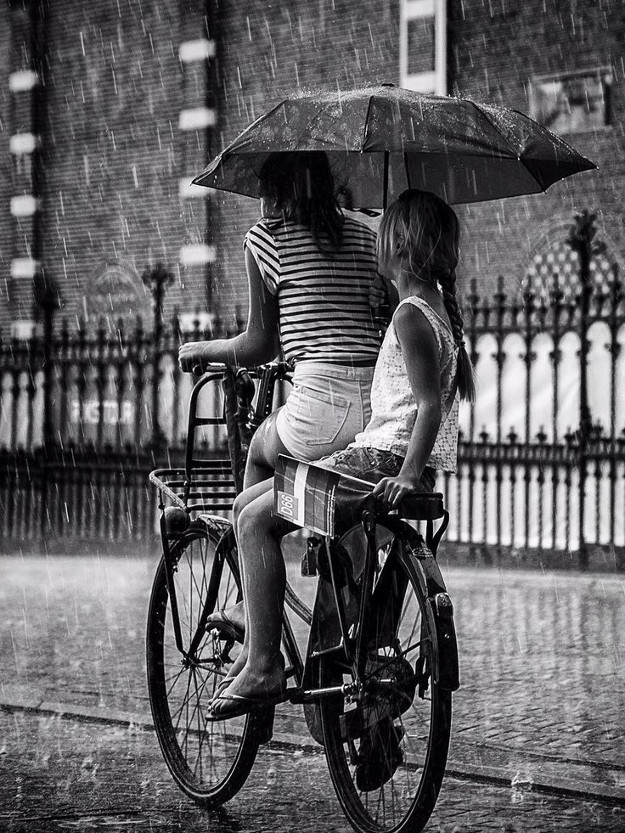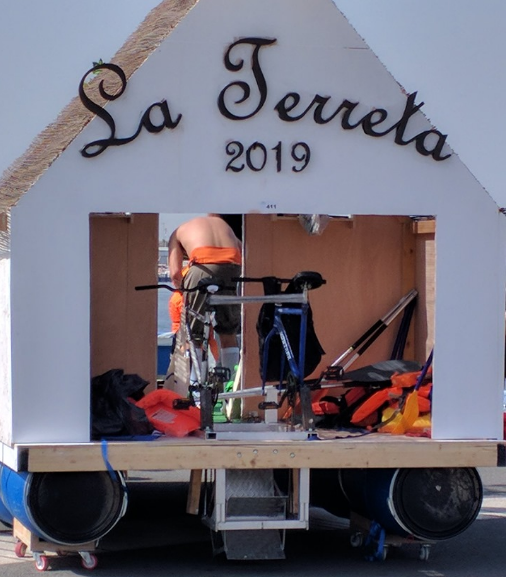The Rueda Film Festival was born in 2015, though their creators had pondered it for years. It started in Barcelona and several other cities have seen it such as Valencia. It is inspired by bikes, cinema, culture and environment. Hence, they invite you to think over energy, the collective power of people, participation and culture joy, always having in mind bicycles.
The Rueda Film Festival program is divided into sessions that last around 85 minutes and show a feature film or several shorts ones. You can see all the films by free thanks to the support of sponsors, strategic partners and collaborators. All of this is was created by a diverse group of people from different fields with a common denominator: Pedaling bikes contributes to solve major problems we face today.
As it name indicates (rueda in Spanish means wheel), it not only shows international films related to bicycles, but also organizes concerts, exhibitions and bike acrobats events. And what if I am interested in hosting the Rueda Film Festival in my city. As explained here, send the organizers an email so that they give you advices, the conditions as well as the package with everything you need to plan and promote your event. Just take advantage of their expertise.





